DIGITAL TECHNOLOGY: Designing The Peugeot 9X8 Hybrid Hypercar!
Engineering The Next-Generation Race Car...
Before hitting the track for its first test session after its homologation, the Peugeot 9X8 Hybrid Hypercar started as 51.1 gigabytes and 15,267 files contained on a hard disk. Digital technology has opened up the field of possibilities in the field of motorsport. Peugeot Sport engineers imagined a concept for the 9X8 Hypercar without a really disruptive rear wing, totally different from its other competitors, and to validate it well before producing a single part.
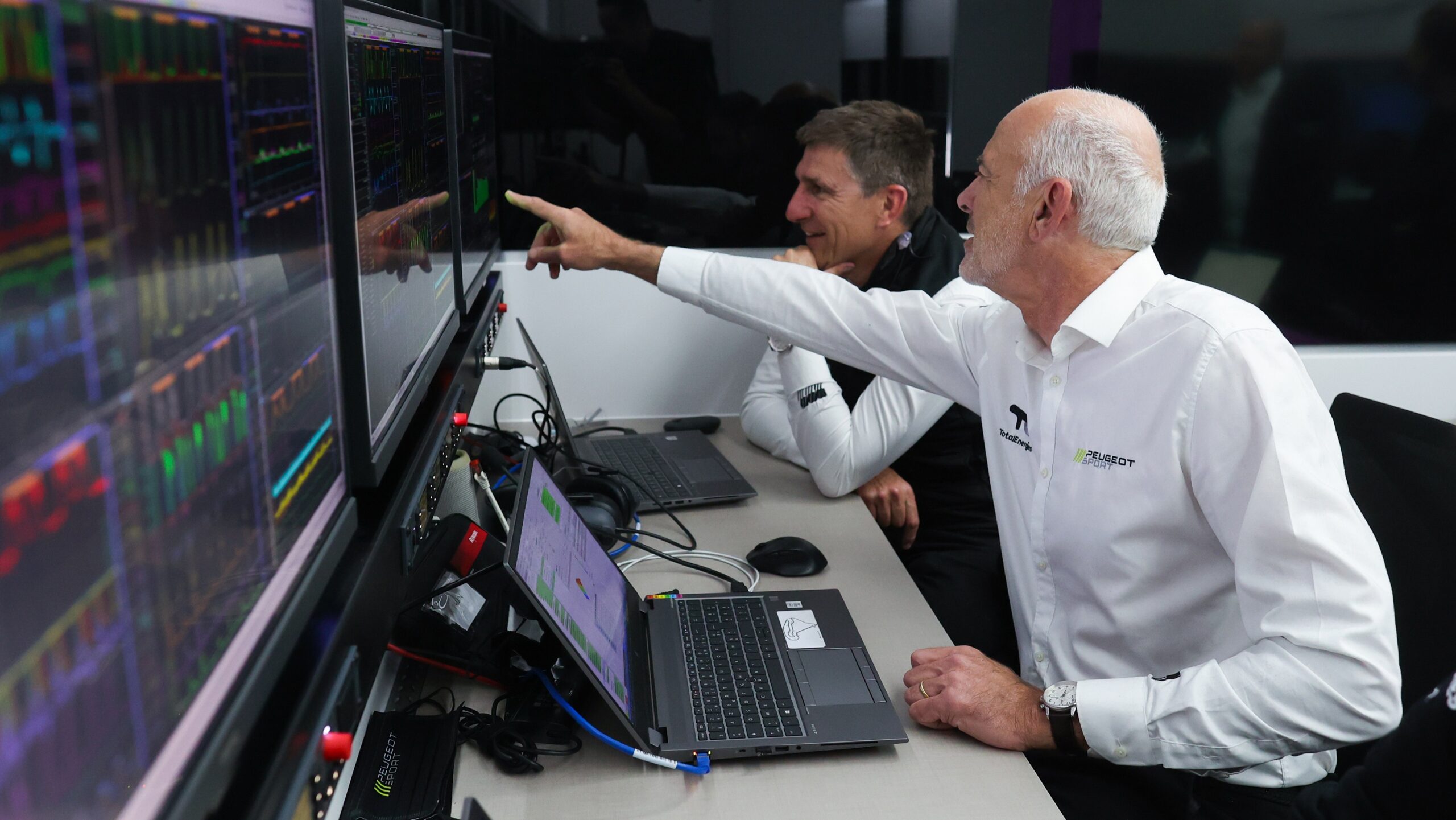
Long before it made its first laps, the 9X8 Hypercar had a purely virtual existence. For two years, the Peugeot Sport team worked on modeling, relying both on software (existing and sometimes adapted), and on computer programs developed in-house, from a blank sheet. “One of our strengths is being able to create the tools ourselves that shape the technical design of the parts we need,” says François Coudrain, Powertrain Director of Peugeot Sport’s WEC program.
Digital Inventiveness –
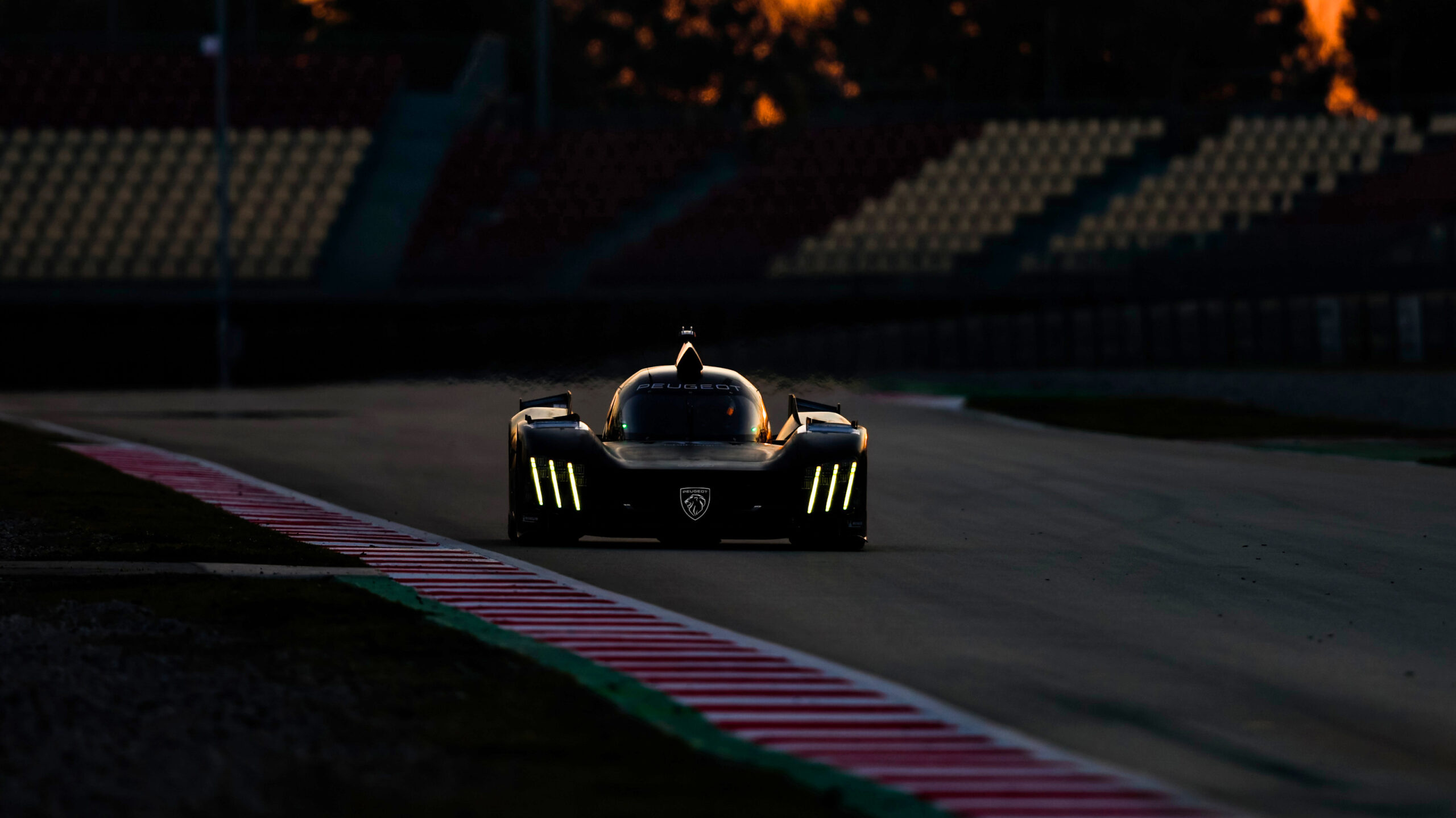
Several dozen people took part in the Peugeot 9X8 Hypercar digital project. Computer geniuses, performance engineers, and racing engineers, all gathered around one single goal: to reach the heights of endurance. To achieve the best result, engineering always respects the same routine…
- Reading the rules very thoroughly allows you to understand what is allowed or not and above all, to begin to imagine what is possible.
- The establishment of the specifications: this involves formalizing the needs and performance objectives to be achieved in the context of the regulations. This is then detailed in several interconnected specifications.
- The architectural hypotheses: based on the general specifications, the engineers in charge of creating the car imagine different concepts. This is where the inventiveness of the Peugeot Sport engineers and the Peugeot Style designers who have been involved in the creation of the 9X8 are at their strongest. Indeed, whatever its performance, digital cannot replace creation, and a program such as that of 9X8 is above all a great human adventure. The most promising concepts are digitized, and the respective performances of these digital candidates are then evaluated to finally retain only one.
- CFD simulation (Computational Fluid Dynamics): more particularly used in the aerodynamic field, CFD simulation acts with reference to the flow of fluids, and takes into account physical or chemical phenomena, such as turbulence and thermal excitation.
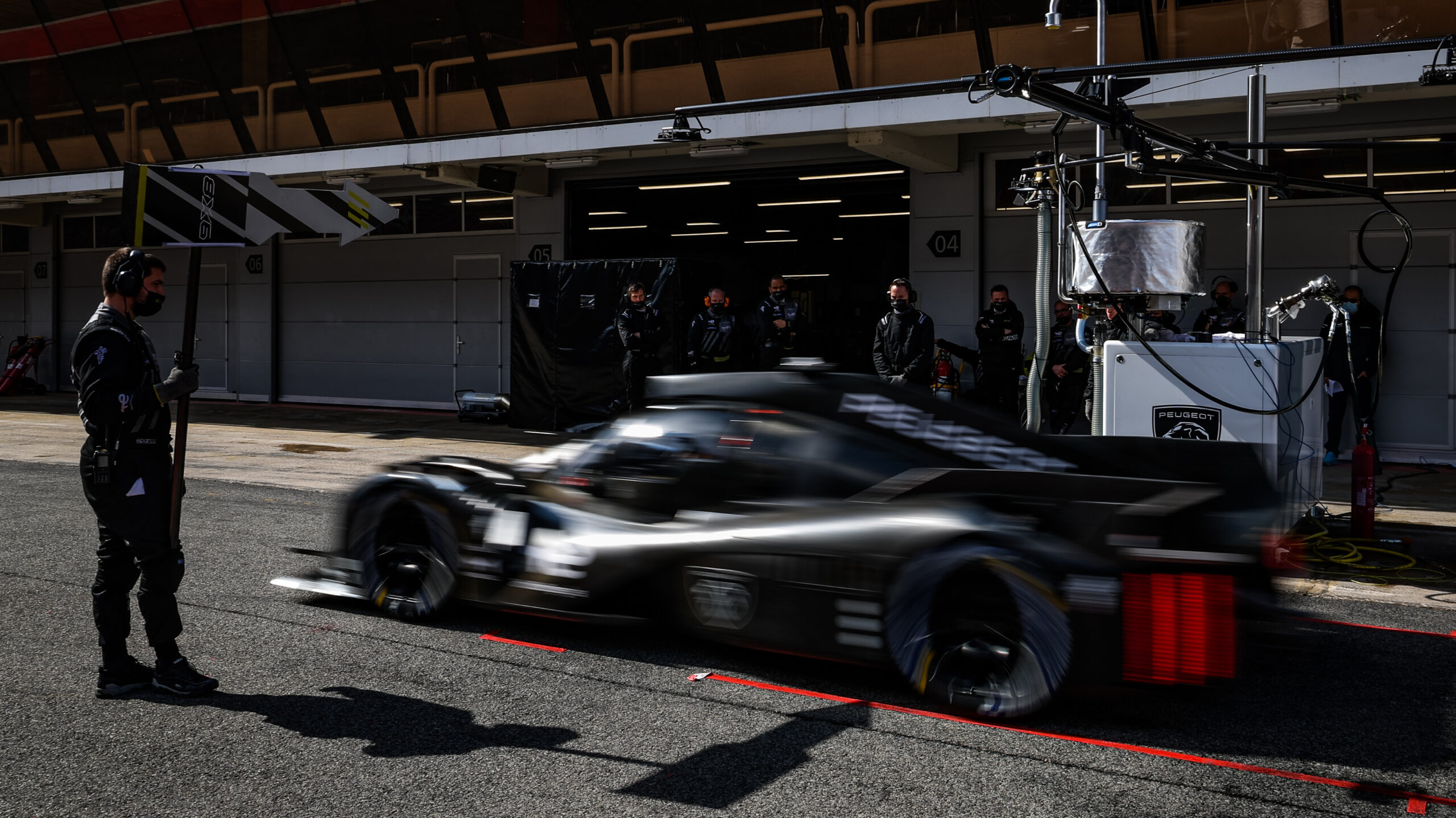
“Thanks to all of our software, we can consider all kinds of dimensions, shapes, materials, work on the weight according to the technical regulations…”, explains François Coudrain. “As with the choice of the basic concept, this purely digital work on systems or parts allows us to test a large number of solutions, something impossible to achieve with physical parts. Before hitting the track, our Hypercar was first a project contained in a hard drive for a very long time. Each of his 15,267 files represented one of his plays! With one particularity: thanks to digital technology, to our simulation strength which also allows us to evaluate the interactions between the parts and the different systems, we knew in advance the theoretical performance of the entire car. The work of physical validation does not start until very late, with the car and on the circuit”.
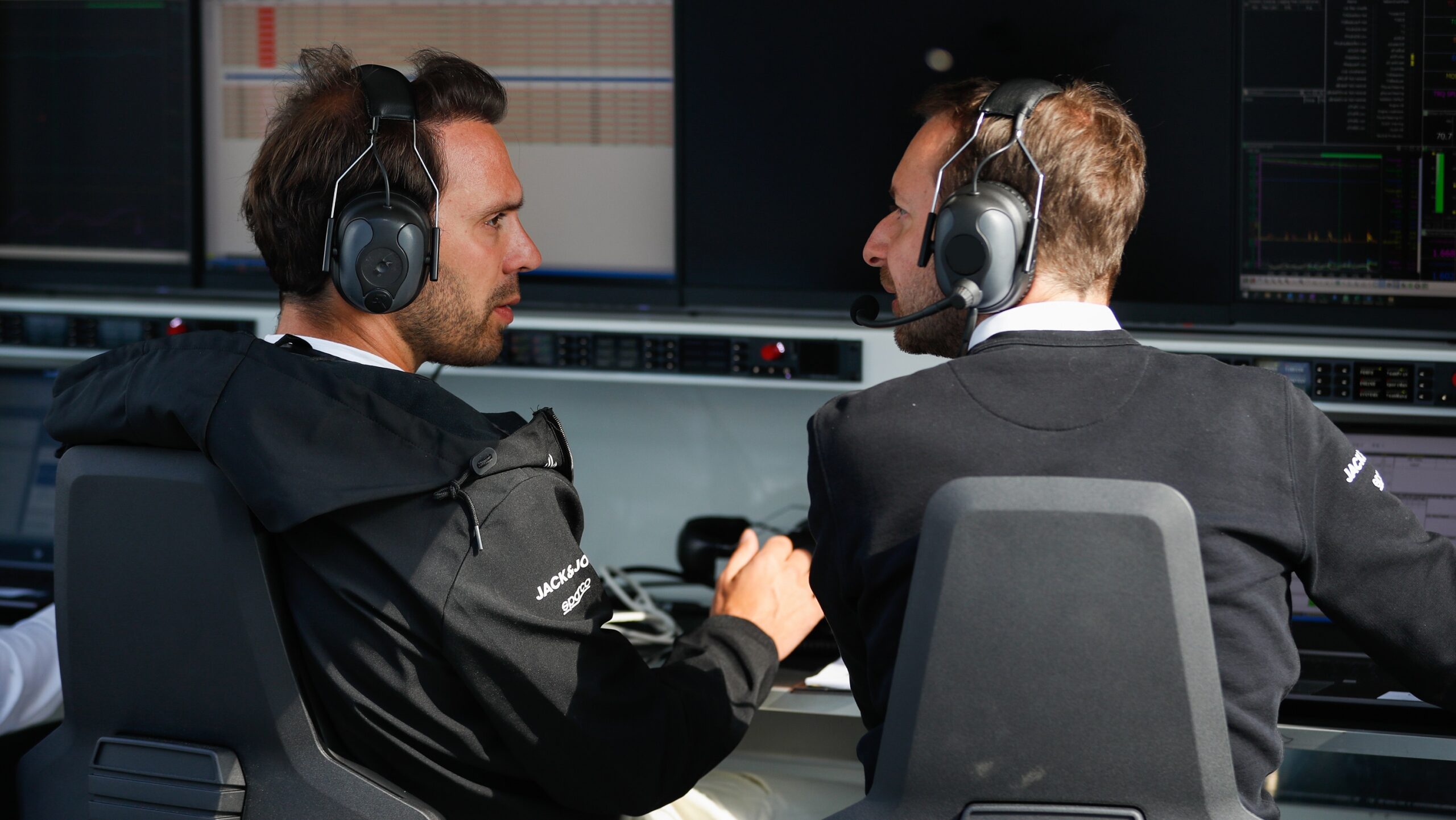
Jean-Marc Finot, Director of Stellantis Motorsport, concludes: “Artificial intelligence is an essential tool for processing the millions of data contained in a racing car. Our “big data” processing applications make it possible to simulate a large number of hypotheses, if necessary to adapt the design of the parts until they converge on the target value. It is only after having defined the characteristics and having simulated their performance in different universes, through a fully modeled car, that we start manufacturing the parts”.
From Cable Section To Drone Motor –
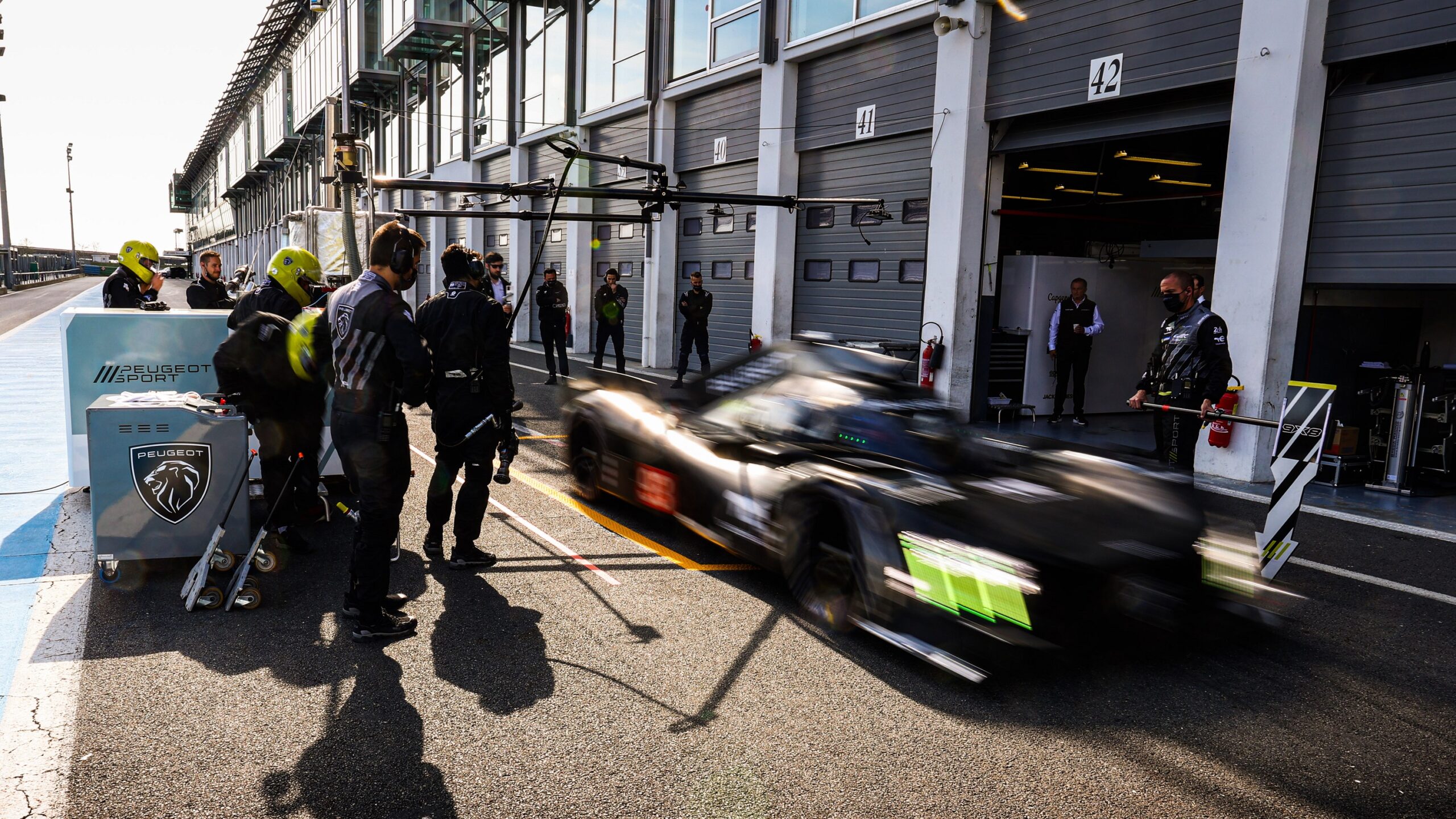
Some data do not require any particular research on the nature of the materials, the shape, or the number of parts. For example, the hull is still in carbon, the engine is aluminum, and there are still four wheels… but digital technology makes it possible to work on the sizing and the simulation of the behavior of essential constituent elements.
For example, while the Peugeot 9X8 benefits from a triple electrical architecture (900-volt battery, 48-volt, and 12-volt components), digital technology has made it possible to understand its electromagnetic environment and to work on the optimal sizing of electrical harnesses. It was necessary to develop the intimate association between the physical parts and the software part to avoid interference as much as possible. An important issue, which could only be dealt with with the help of digital technology. In this way, it has been established that it is preferable to use electrical harnesses with a smaller section in 48-volt than in 12-volt, which also represents a saving in space and weight, in addition to improving compatibility. between the harnesses and the computers.
Other parts, chosen from the Stellantis Sport shelf or taken from “consumer” technology products, are sometimes very suitable without needing to be modified. Rigorous ingenuity! For example, some 48-volt motors in the 9X8 come directly from drones. Of course, their effectiveness in the device was simulated and validated using dedicated software, but they did not require any structural modification.
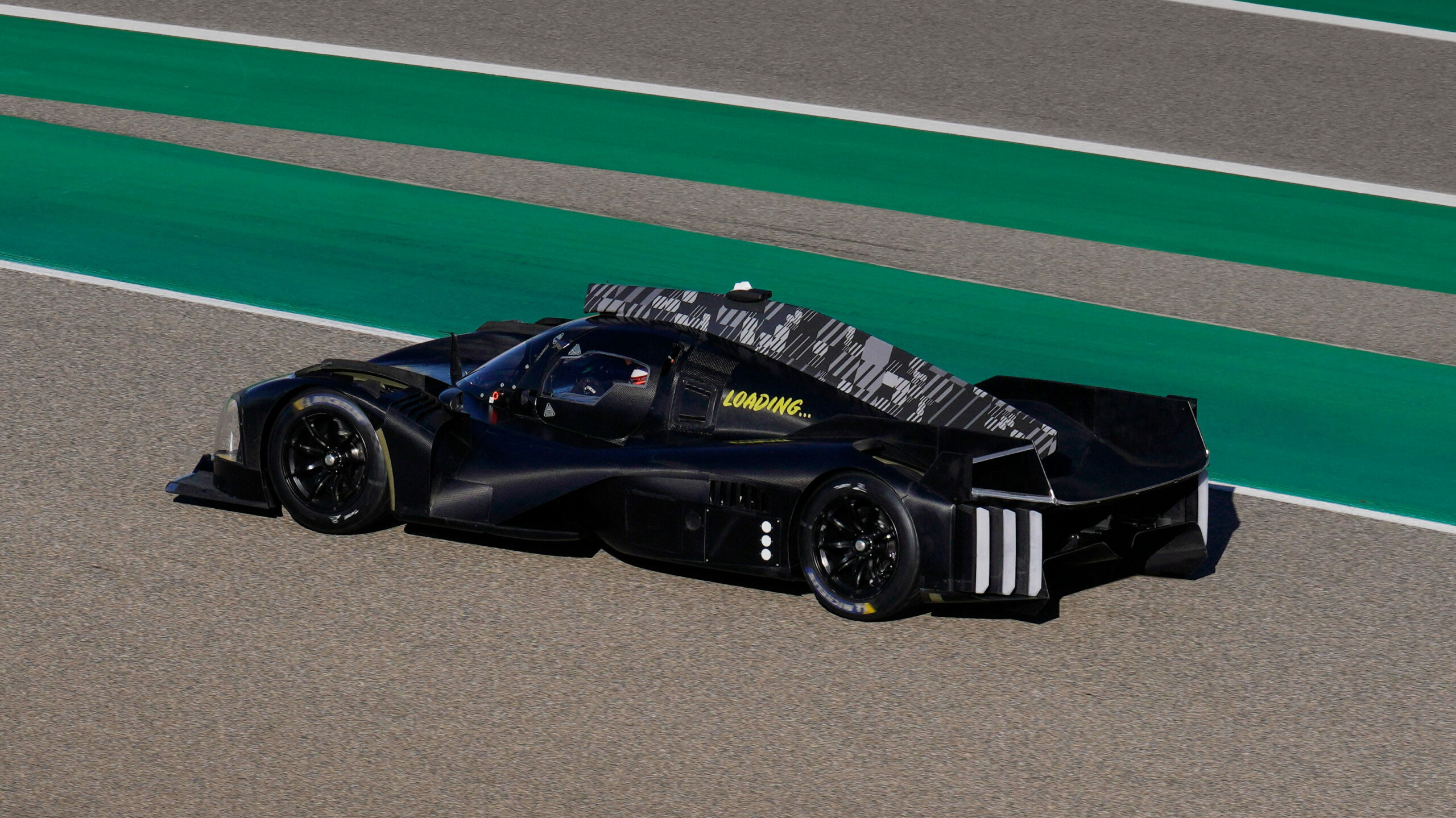
Numerical simulations also make it possible to adapt choices such as, for example, that concerning the material around the exhaust outlets. In this place, the heat is very high, and the simulations made it possible to understand that the carbon of the bodywork had to be protected or replaced either by aluminum or titanium. A point of attention is identified from the specifications, confirmed by simulations, then during the first tests on the track.
At the end of its digital development, the hard disk which contained all the technical data of the Peugeot 9X8 gave birth to a scale model one, intended for the wind tunnel, then to a real dedicated racing car, as to her, to on-track development.
Source: Peugeot Sport

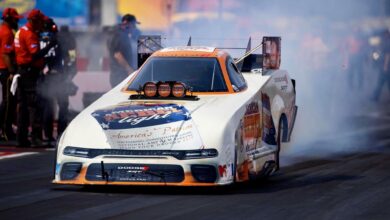
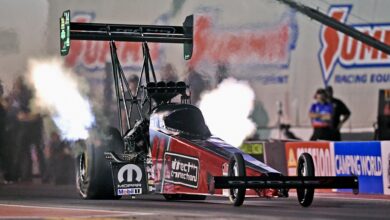

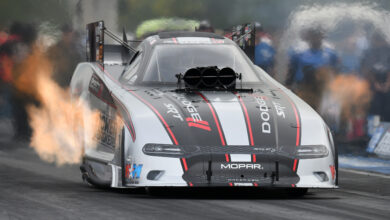

No replies yet
Loading new replies...
Join the full discussion at the Mopar Insiders Forum →